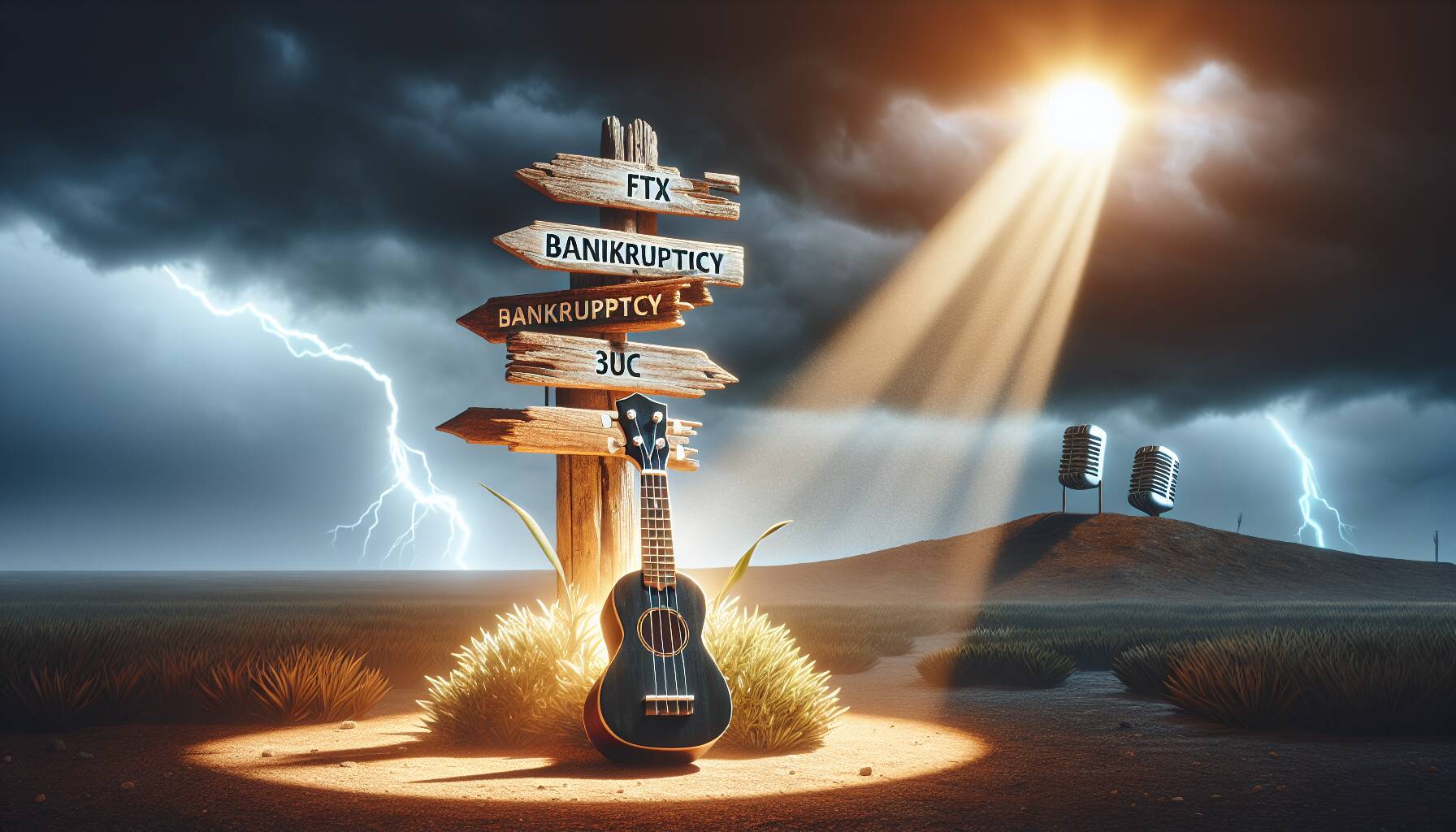The financial saga surrounding FTX continues to evolve, with significant implications for the cryptocurrency realm. Recently, the Delaware bankruptcy court approved a request from Three Arrows Capital (3AC) to dramatically increase its claim against the FTX estate from 0 million to a staggering .53 billion. This landmark ruling stems from the chaotic aftermath of FTX founder Sam Bankman-Fried’s crypto empire collapse, which left many investors and users in financial turmoil.
3AC was once a powerhouse in the cryptocurrency hedge fund landscape, boasting over billion in assets before its own downfall in 2022. The hedge fund had initially filed a proof of claim for 0 million against FTX in July 2023, alongside numerous other affected investors. However, new evidence surfaced in November 2024, leading 3AC’s liquidators to amend their claim significantly. They revealed that FTX had liquidated .53 billion of 3AC’s assets just prior to the hedge fund’s liquidation, purportedly to fulfill a disputed .3 billion liability towards FTX.
The Delaware court’s decision emphasized the insufficiency of evidence backing FTX’s loan claim against 3AC, allowing the latter to pursue a greater share of the remaining assets.
As FTX started distributing funds to its creditors in February 2025, the expanded claim acquisition has raised valid concerns regarding how these distributions will impact other creditors. FTX argued that this late claim adjustment could complicate its reorganization efforts, yet the court justified the timing citing obstacles faced by 3AC in unearthing the claim due to FTX’s lack of cooperation and disappearing financial records.
This ruling not only amplifies 3AC’s stake in the unfolding bankruptcy case but also casts a spotlight on the opaque operational practices of both FTX and 3AC. With ongoing investigations and legal battles surrounding the collapse of these influential firms, the cryptocurrency landscape continues to grapple with trust issues and turbulence. As we watch these unfolding events, one thing is clear: the repercussions of the FTX downfall are far from over.

Key Developments in the FTX Bankruptcy Case
The recent ruling by the Delaware bankruptcy court regarding Three Arrows Capital (3AC) marks a significant evolution in the ongoing FTX bankruptcy saga. Below are the key points from this development:
- Expanded Claim Approval: The Delaware bankruptcy court has approved 3AC’s petition to increase its claim against the FTX estate from 0 million to .53 billion.
- Discovery of New Evidence: The adjustment in 3AC’s claim comes after discovering that FTX liquidated .53 billion in 3AC’s assets shortly before 3AC’s own liquidation proceedings began two years ago.
- Contested Liability: 3AC disputes FTX’s claim of a .3 billion liability, with the court ruling that there was insufficient evidence to substantiate FTX’s loan claim to 3AC.
- Impact on Creditor Payouts: The ruling allows 3AC to pursue a larger portion of FTX’s remaining assets, potentially reshaping how creditor payouts will be structured.
- FTX’s Concerns: FTX argues that the expanded claim could complicate its reorganization plan and burden other creditors, as it began distributing funds to creditors in February 2025.
- Delay Justified: The court found that 3AC’s delay in filing the amended claim was justified due to missing financial records and lack of cooperation from 3AC’s founders.
- Collapse of 3AC: Once a significant player in the crypto market, 3AC’s collapse contributed to broader market instability and exposed fraud within Sam Bankman-Fried’s operations.
- Legal Consequences for Founders: Zhu Su faced legal consequences for failing to cooperate with liquidators, while Kyle Davies did not face charges related to the hedge fund’s demise.
- Short-lived Innovation: The founders of 3AC launched a brief venture, OPNX, aimed at trading bankruptcy claims, but it shut down shortly after its inception.
This ruling highlights ongoing challenges in resolving the bankruptcy proceedings of both FTX and 3AC, shedding light on the broader implications for investors, creditors, and the cryptocurrency landscape.
3AC’s Claim Expansion: A Game Changer in the FTX Bankruptcy Saga
The recent decision by the Delaware bankruptcy court to allow Three Arrows Capital (3AC) to increase its claim against the FTX estate from 0 million to a staggering .53 billion is a pivotal moment in the intricate dance of crypto bankruptcies. This ruling not only sheds light on the deep financial entanglements between these two entities but also stirs the pot regarding the prioritization of claims among creditors in the tumultuous aftermath of FTX’s collapse.
Compared to similar news in the cryptocurrency bankruptcy arena, 3AC’s substantial claim enlargement can be viewed as both a competitive advantage and a potential pitfall. In contrast to the struggles faced by other distressed crypto firms, such as Celsius and Voyager, which grappled with their own complex bankruptcy proceedings, 3AC is now positioned to recover a massive chunk of FTX’s remaining assets. This could siphon off financial resources from other creditors, complicating their recovery process.
However, this decision does raise eyebrows regarding fairness among creditors. FTX, by arguing that the expanded claim complicates its reorganization plan, emphasizes the repercussions that 3AC’s expansion might have on other stakeholders. This could benefit those invested in 3AC looking to recover their investments, but it certainly creates problems for smaller creditors who may find their payouts significantly reduced due to the larger claim taking precedence.
The saga places the spotlight on a larger question within the cryptocurrency space: transparency. The underlying issues revealed by the ruling—missing financial records and a lack of cooperation from the founders—suggest a troublesome trend that could impede the recovery of claims for various affected parties. This scenario can serve as a warning to other investors and crypto enterprises about the perils of opaque financial practices.
In a broader context, the expanded claim serves as a double-edged sword. While it bolsters 3AC’s position, it simultaneously highlights the precariousness of their standing in the industry following their own bankruptcy. The ripple effects from this ruling could reshape the landscape for both creditors of FTX and industry observers, emphasizing the intricate web of relationships among these collapsed crypto giants. Financial analysts and other creditors would do well to keep a close eye on the unfolding developments as they could signal future trends in crypto bankruptcy proceedings.

















